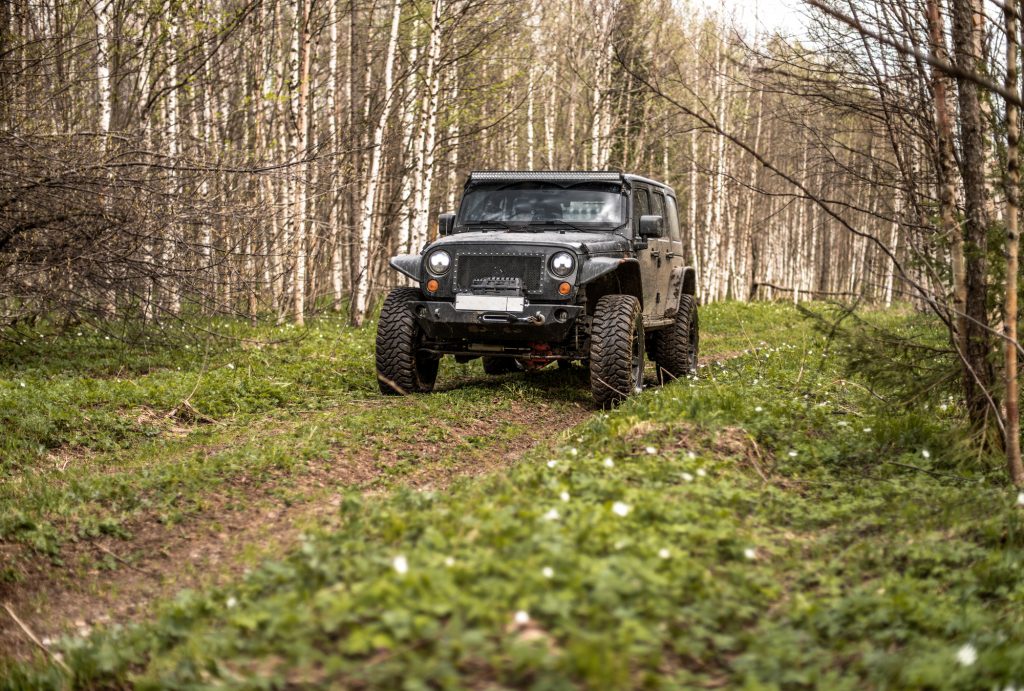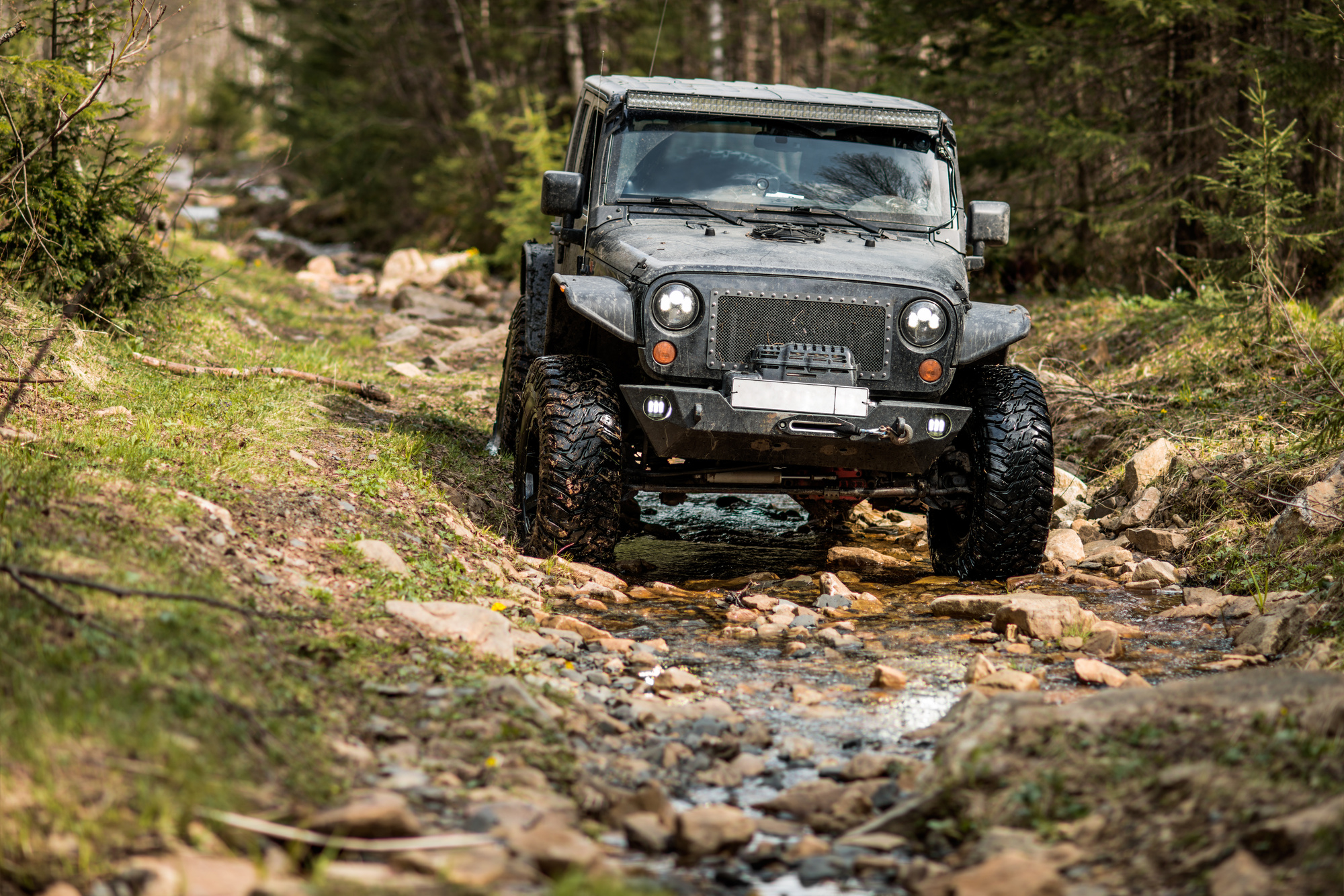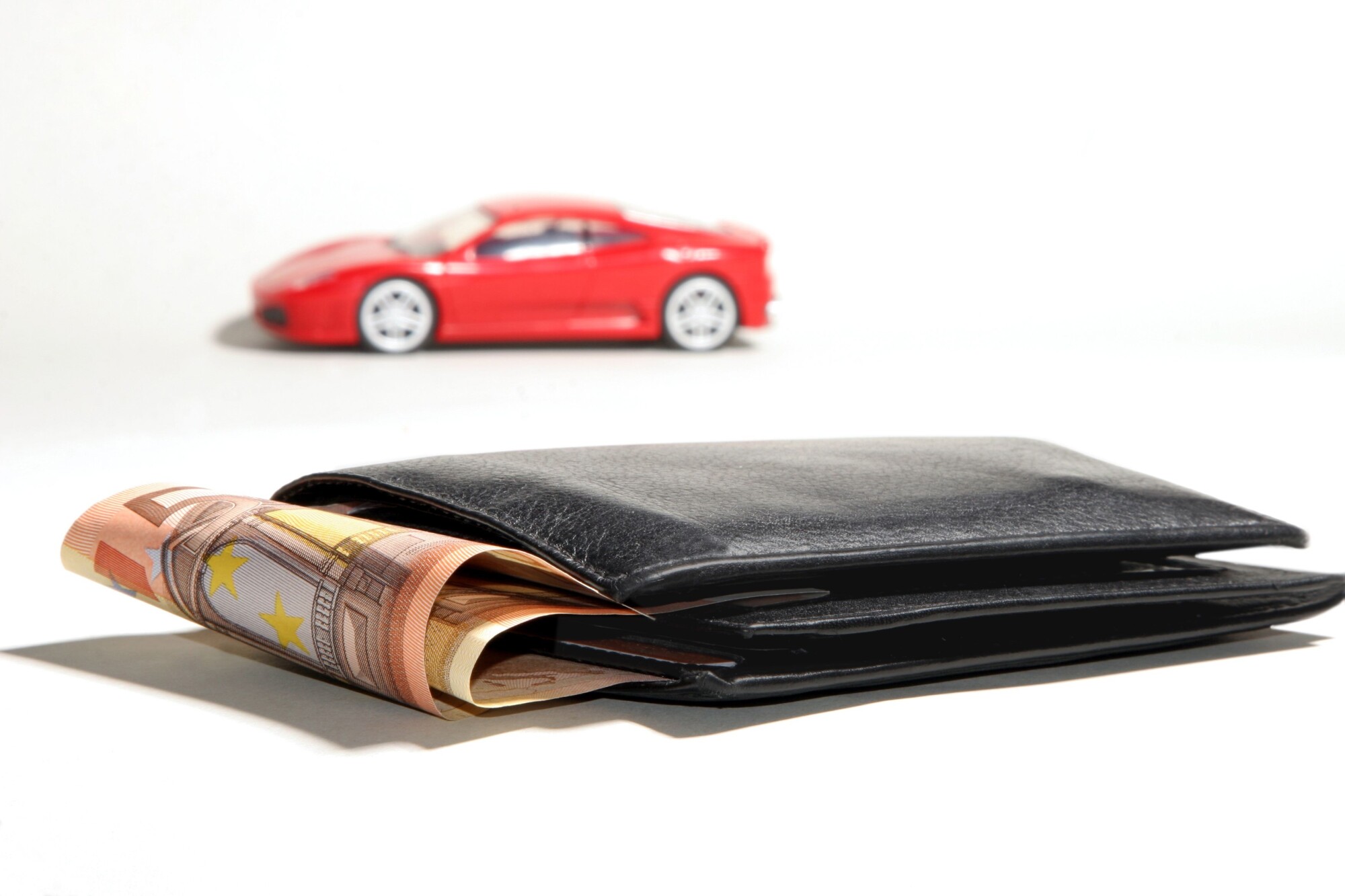
Are you wondering where to start with your Jeep’s tune-up?
Taking care of your car should be a top priority if you’re looking for longevity and maintaining its appearance. Tune-ups are usually a preventative measure to ensure that you get the best bang for your buck when it comes to your vehicle. But, you may also need a tune-up if you notice that your car is not running as smoothly or having issues starting.
To properly do a Jeep Wrangler tune-up, follow these steps and get on your next adventure in no time!
Check on the Fluids
The first step in your Jeep Wrangler tune-up is to check on your fluids. These include:
- Engine oil
- Coolant
- Brake fluid
- Power-steering fluid
- Transfer case fluid
Making sure each of these is full and fresh ensure your Jeep will run longer.
When these fluids get too low, your engine can overheat, your brakes can begin to grind, and your steering wheel can lock up. Though these are extreme cases, they will reduce the longevity of your car and minimize performance going forward.
To know when any of these are ready to be refilled, keep a mileage log. Knowing how far you’re going between tune-ups and services will ensure you are getting the fluids you need before you realize you need them.
Though services vary by car, Jeep Wranglers should follow these guidelines. Replace your oil every 7,500 miles, brakes every 20,000 miles, and transfer case fluid every 60,000 miles.
Check on the Ignition System
After replacing any needed fluids, the next step in a tune-up is to inspect the vehicle’s ignition system. This includes:
- Spark plugs
- Ignition wires
- Ignition coils
Each of these components works together to ensure that your car starts correctly every time. When these are out of whack, your car won’t start.
These should be checked at every tune-up to check for wear and tear and to ensure your safety as the owner. When you take good care of these parts, your car will last much longer and with fewer issues as it gets older.
Check on Belts and Hoses
Though belts and hoses may be the easiest of the Jeep Wrangler’s components to check, they are some of the most important. To start, you’ll want to locate and check:
- Serpentine belt
- Belt tensioner
- Timing belt
- Radiator hoses
- Heater hoses
The belts are responsible for connecting pulleys and transferring rotation force to both the water pump and steering pump. To visually check the belts, look for any cracks or tears. Over time, if these belts tear completely, they allow the piston to wreak havoc on your car’s engine.
To begin checking the hoses, look for any discoloration or disfigurement. Then, squeeze them to see if they are soft or gummy. If so, the hoses need to be replaced.
Optimal Performance
Regular vehicle maintenance allows your Jeep Wrangler to optimally perform. It will last longer and take you much further when it is functioning well.
To provide extra comfort and durability, be sure to also look into jeep accessories that will elevate your Wrangler experience.
Jeep Wrangler Tune-Up
Now that you know what to do for a Jeep Wrangler tune-up, it’s time to get your vehicle in tip-top shape! Be sure to check out our Blog for more ways to keep your vehicle running smoothly.




